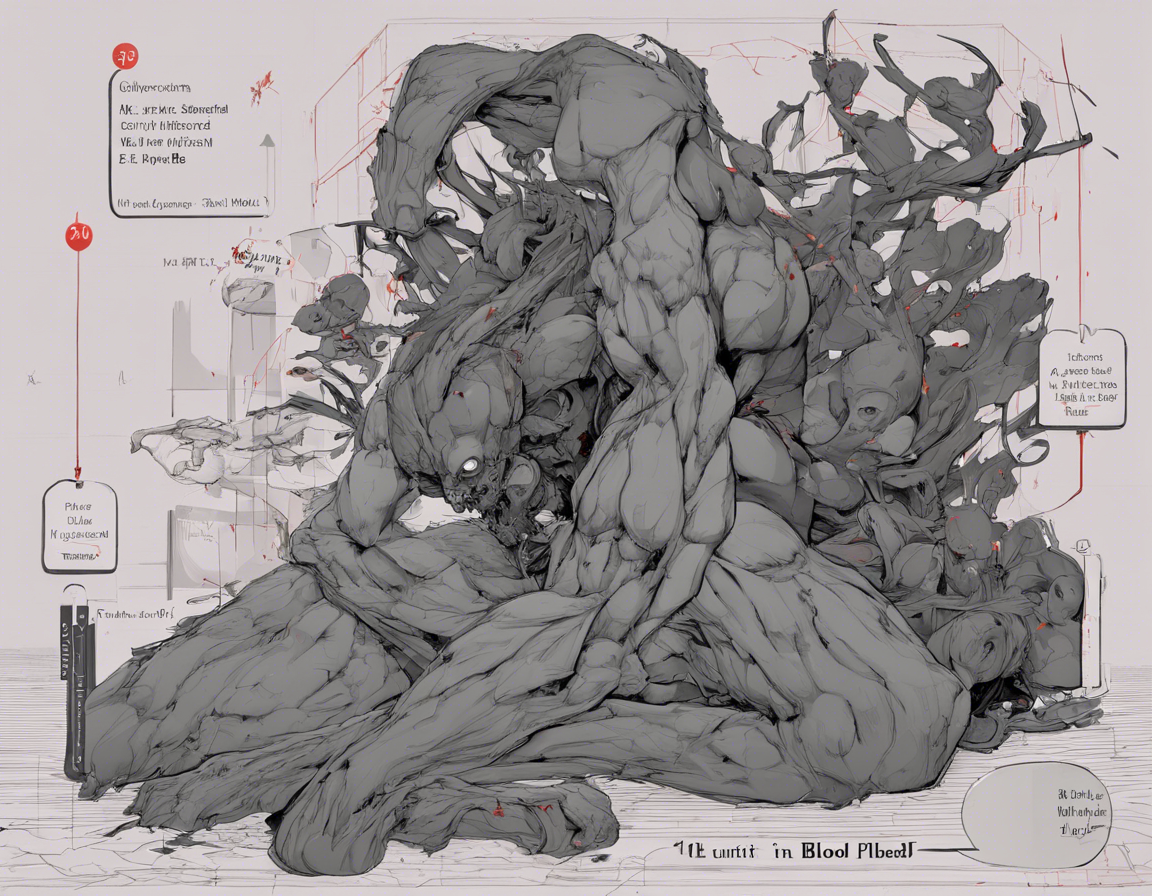Converting 1 Unit of Blood to Milliliters
Introduction:
In the medical field, converting 1 unit of blood to milliliters is a common practice to ensure accurate measurements and successful blood transfusions. Understanding this conversion is crucial for healthcare professionals to provide patients with the necessary amount of blood during critical situations such as surgeries, trauma, or severe medical conditions. In this article, we will delve into the process of converting blood units to milliliters, explain why this conversion is essential, and provide valuable insights into this fundamental aspect of healthcare.
The Significance of Converting Blood Units to Milliliters:
-
Blood units are typically measured in pints or milliliters, with 1 unit of blood equivalent to approximately 450 milliliters or about 1 pint.
-
Converting blood units to milliliters is vital for ensuring accurate and precise measurements during blood transfusions.
-
Healthcare professionals rely on this conversion to calculate the amount of blood needed for specific patients based on their medical conditions, weight, and other critical factors.
The Conversion Process:
To convert 1 unit of blood to milliliters, follow these simple steps:
-
Identify the Type of Blood Unit: Determine if the blood unit measurement is provided in pints or milliliters.
-
Understand the Standard Conversion Factor: One unit of blood is approximately equal to 450 milliliters or 1 pint.
-
Use a Conversion Calculator or Formula: To convert 1 unit of blood to milliliters, simply multiply the number of units by 450.
-
Formula: 1 unit of blood x 450 = milliliters
-
Perform the Calculation: For example, if you have 3 units of blood, the calculation would be: 3 units x 450 = 1350 milliliters.
Factors Impacting Blood Transfusions:
-
The amount of blood required for a transfusion may vary based on the patient’s condition, age, weight, and medical history.
-
Patients with severe injuries, undergoing surgery, or experiencing bleeding disorders may require larger amounts of blood compared to others.
-
Healthcare providers must consider individual factors and adjust the amount of blood administered accordingly to ensure patient safety and optimal treatment outcomes.
FAQs (Frequently Asked Questions):
Q1: Why is it essential to convert blood units to milliliters accurately?
A: Accurate conversion ensures that patients receive the appropriate amount of blood needed for their medical conditions, preventing potential complications.
Q2: Can the conversion factor vary for different blood types?
A: The standard conversion factor of 1 unit of blood to 450 milliliters is typically consistent across various blood types.
Q3: How do healthcare professionals determine the amount of blood needed for a patient?
A: Healthcare providers consider factors such as the patient’s weight, hemoglobin levels, medical condition, and the purpose of the transfusion to calculate the required blood volume.
Q4: Are there risks associated with incorrect blood volume administration?
A: Administering incorrect blood volumes can lead to adverse reactions, circulatory overload, or inadequate treatment, underscoring the importance of accurate conversions.
Q5: Can patients require multiple units of blood during a transfusion?
A: Depending on the severity of the medical condition or surgery, patients may need more than one unit of blood to stabilize their condition or support their recovery.
In conclusion, understanding the process of converting 1 unit of blood to milliliters is crucial for healthcare professionals to deliver effective and safe patient care. By following standardized conversion factors and considering individual patient factors, healthcare providers can ensure precise blood transfusions and optimize treatment outcomes. This fundamental aspect of healthcare underscores the importance of accurate measurements and calculations to meet the diverse needs of patients in various medical scenarios.

Recent Comments